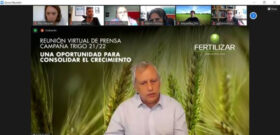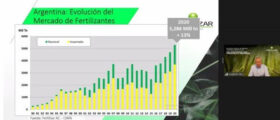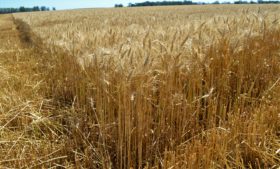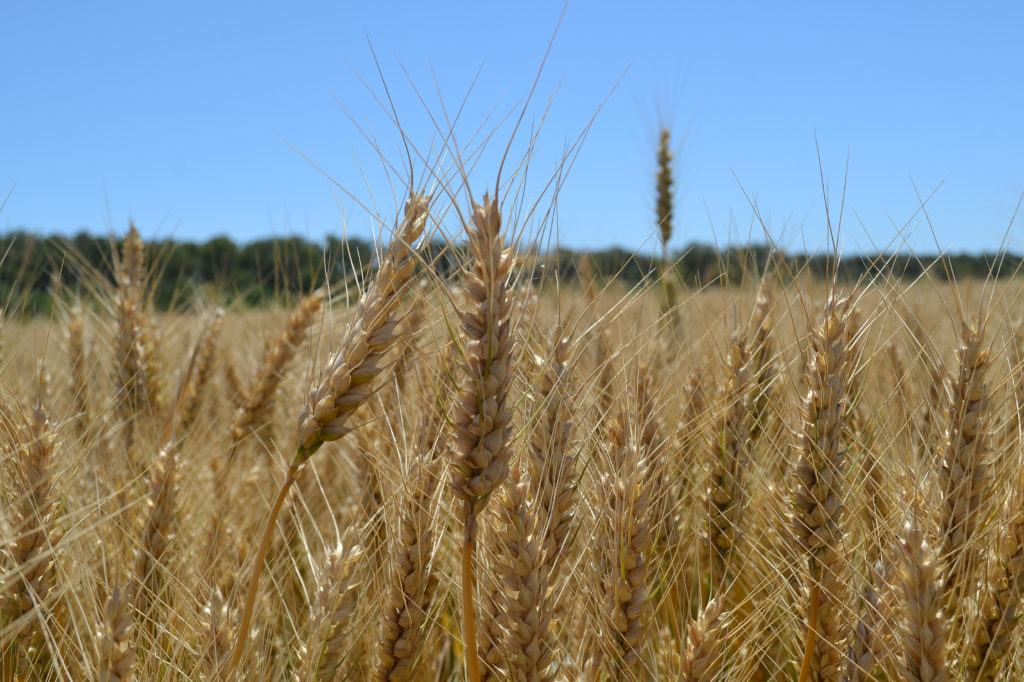With the presentation of its new authorities, Fertilizar Asociación Civil, an entity whose objective is to promote the responsible use of crop fertilization, released the numbers for the 2021/22 wheat campaign, for which it recommends efficient fertilization management. in a context with good moisture profiles at sowing and with a more adjusted input-product ratio compared to last year, but favorable in the current context of future cereal prices.
Before entering the wheat campaign, the entity’s executive manager, María Fernanda González Sanjuan, announced the holding of the Fertility Symposium 2021, a meeting that this time will be held for 3 days in virtual format: Wednesday, May 12 and 19 and June 2. In addition, he presented the new authorities of the Civil Association, led by Eng. Agr. Francisco Llambías as president and Ing Agr. Roberto Rotondaro and Jorge Bassi as vice-presidents.

Francisco Llambias, president of Fertilizar AC
–
Thus, the new president, Francisco Llambías, highlighted the record level in the use of fertilizers reached in 2020, which was 5.286 million tons, which implied a 13% increase compared to the 4.7 million / t in 2019. Growth It is made up of 11% more in the use of nitrogen, 15% in phosphates, 4% in sulphates and 38% in potassium.
Llambías pointed out that such a result occurred in a scenario in which the price of wheat started “cheap”, but closed the year near 200 dollars per ton, while the prices of fertilizers remained at low relative values. “There was a good input-product relationship last season.”
Comparing 2020 with 2014, another year in which good prices were registered, Llambías described that in 6 campaigns there was a 70% increase in the volume of fertilizers (95% more use of nitrogen, 56% in phosphate and 53% in sulfur). “It was due to an improvement in agronomic management and in the use of fertilization technology,” he emphasized. In these years there were changes in the crop scheme, with wheat and corn gaining surface area (57% and 54% more, respectively) and soybeans in decline. “When the proportion of grasses versus oilseeds is higher, the demand for fertilizers increases,” he graph.
The president of Fertilizar AC reinforced that due to this new relationship of crops “the fertilized area was increased by 31% and the doses by 68%.”
Wheat Campaign 2021-22
In turn, the current 2nd vice president of Fertilizar AC, Jorge Bassi, made the projection of the entity for the wheat campaign that begins in May and anticipates “good wheat prices” and an optimal level of soil moisture at sowing. . “The humidity of the soils at sowing has a huge impact on the stability of wheat yields, since the first cycle of the crop takes place in the normally drier months of the year.”

Jorge Bassi
–
Bassi showed that, taking a value of the wheat put in the field at the end of March, the input-output ratio (1 kilo of wheat / 1 kg of fertilizers) today stands at 3.6 in the case of urea and at 4, 4 in diammonium phosphate. “It is a relationship that allows to fertilize with good profitability, but that reinforces the need to work well the diagnostics by lot and environment to achieve the best economic return”.
In its trial networks, Fertilizar AC works with 4 fertilization treatments in producer batches. An unfertilized treatment, one with frequent management (representing producers’ management), another with a medium fertilization recommendation, and a complete one to achieve high yield. The result in the ‘high yield’ was 4,500 kilos / ha, 895 kilos higher than the ‘management of producers’ that “this difference is the yield gap that we can achieve if we manage nutrition better.”

Wheat on July 9
–
In addition, Bassi remarked that by applying a high level of fertilizers to wheat “there are nutrients left for the 2nd grade soybeans”; This made it possible to reach an additional 400 kg / ha in the oilseed harvest. “In a wheat-soy scheme, the investment per hectare is increased, but an increase in the gross margin is achieved with a very good profitability.”
And even more: “it is a technology that also improves the balance of nutrients because we are leaving a part of the phosphorus to replace in the soil.”
Finally, some points were reviewed to take into account in fertilization:
-Phosphorus: starting from a soil analysis and reviewing the doses per environment. Take into account the requirements of second-hand soybeans or repeat the application when sowing the legume.
-Nitrogen: adjust doses according to the expected harvest, using the various recommendation models and recognizing the characteristics of the different varieties planted.
-Sulfur: make contributions consistent with applications of at least 10 kg / ha.
-Zinc: take into account this nutrient when taking the soil analysis. With values lower than the threshold, wheat presents consistent responses.
-Potassium: in the Littoral region we must also consider the availability of this nutrient.
Finally, the 1st vice president of Fertilizar AC, Roberto Rotondaro, contributed that “in a grass such as wheat, knowing the nutrient supply is essential”, for which he advised doing batch analysis to make a more efficient use of nitrogen and enhance phosphorus responses.
In this sense, Rotondaro considered that soil analysis is a growing practice. “Today, more than 20% of surveyed producers do it; when 4 or 5 campaigns ago they did not reach 15% ”.
–

